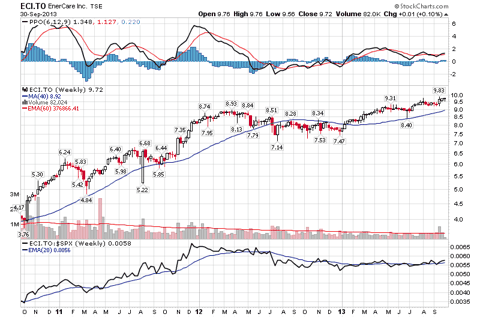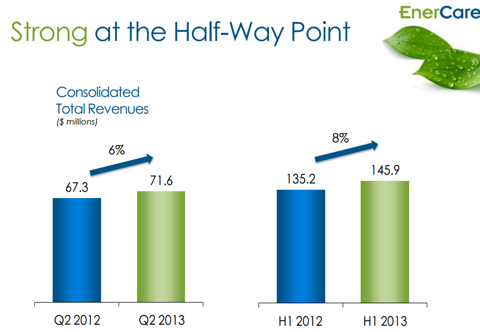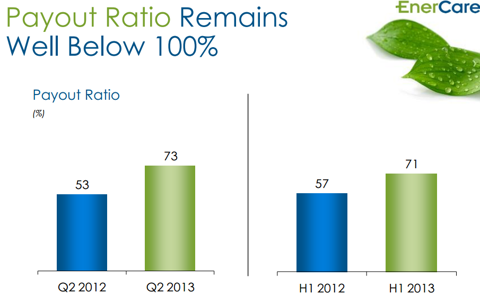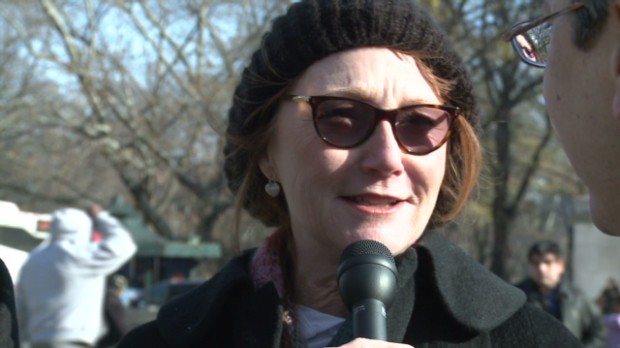At the height of the American people's discontent and frustration with what seemed to be endless wars in Iraq and Afghanistan, another bombshell dropped.
The very people who were making the ultimate sacrifice to fight for our freedoms were being neglected when they needed us most.
A 2007 Washington Post investigation into the lack of care at Walter Reed Army Medical Center caused outrage.
The expose began like this:
"Behind the door of Army Spec. Jeremy Duncan's room, part of the wall is torn and hangs in the air, weighted down with black mold."
More recently, CNBC obtained images of another pocket of black mold invading another VA medical center. A Pittsburgh Veterans Administration employee and whistleblower says the black mold is in an air handler located in a nuclear medicine area where cancer patients get therapy.
DEATH & DISHONOR: Crisis at the VA -- a CNBC investigation
Black mold, though, is not the worst of it.
Our investigation began at that Pittsburgh VA hospital where at least five veterans died following a Legionnaire's outbreak in 2011 due to, according to the Office of the Inspector General, systemic failures at the Veterans Administration.
Legionella is a bacteria found in water that could result in Legionnaire's disease which is curable through antibiotics. It could prove fatal, though, if untreated. And it did for at least half a dozen veterans.
We visited that VA two years after the outbreak and found open sewer pits from which cockroaches and other bugs crawl out of -- adjacent to the radiation therapy room where patients with compromised immune systems get treatment.
A Pittsburgh VA employee also confirmed that construction projects are still going on above, below, and adjacent to operating rooms where kidney, liver, and heart transplants, among other procedures, are being performed.
Our whistleblower told us that the facility was plagued with problems, like crumbling infrastructure, leaking pipes, and mold ! — all of which we witnessed ourselves.
The VA told us that it is committed to providing Veterans the best care anywhere and our goal is to provide that care in a safe environment. VA Pittsburgh takes this issue very seriously, and continues to take steps to improve the care provided here.
The VA Hospital in Jackson, Miss., also has its share of whistleblowers -- the most of any facility to date.
One of them is Dr. Phyllis Hollenbeck, who still works there. At a Congressional hearing in September she said:
"Essentially everything that happens in primary care at the Jackson VA can be included under the umbrella of being unethical, illegal, heartbreaking and life threatening for the veterans, and everything in the care of the veterans starts in primary care."
Hollenbeck's claims are substantiated by an independent federal watchdog called the Office of Special Counsel -- or OSC -- which has raised concerns about unsanitary conditions, understaffing and the illegal prescribing of narcotics by nurse practitioners, among other things, at the Jackson VA.
We spoke with several former surgeons at that VA who told us that finding other patients' bones, blood and tissue in surgical instruments was a common occurrence.
The VA told us that it has invested more than a million dollars into state-of-the-art reprocessing equipment at the Jackson hospital to ensure proper cleaning and sterilization, and has transitioned to the use of more disposable devices when those are available. After receiving the March 18 letter, VA initiated a quality of care review of the sterile processing services at the facility. The review found that the VA now utilizes effective systemic processes to safely perform the re-processing of all critical and semi-critical reusable medical equipment in the facility.
C.J. Stewart, a Purple Heart recipient who was critically injured in Afghanistan, has had 40 surgeries at Walter Reed Army Medical Center, which he said, provided great care.
But! now that! he is medically retired, meaning he seeks treatment outside of the military hospital system, he told us he had to wait over a year to even see a doctor in Jackson.
Vietnam War Veteran Bob Slater says the Jackson VA kept him in the dark for four years about having kidney disease -- which he only found out when he was able to access his medical records online.
Last year, officials at this VA also received tens of thousands of dollars in bonuses.
In Atlanta, an OIG investigation published this year concluded that staff failed to monitor patients at the Atlanta VA facility. Three veterans had committed suicide there, and another suffocated himself in a bathroom at the VA during the Inspector General's investigation.
In Gainesville, Fla., we accompanied a current employee, who is a veteran himself, to a doctor's appointment with hidden cameras. We witnessed extremely long wait times for appointments, especially for those in the emergency room.
The Gainesville VA Medical Center for its part, has moved to improve wait time. It recently concluded a Systems Redesign team to improve flow from the emergency department through the inpatient units. The VA says the outcome was that the team was able to reduce the wait time in the emergency department for psychiatry and medicine admissions.
On one patient care floor, where veterans receive wound care after orthopedic surgery, there was no flooring at all. The floors were stripped leaving them sticky and dirty. The VA Employee who took us around said it had been like that for at least two years.
The Gainesville VA also happens to have the biggest budget and largest patient population of any VA in the country.
By June of this year, they had already spent about 850 million dollars.
Thomas Wisnieski, who became the Network Director of the North Florida/South Georgia Veterans Health System in April 2012, got almost $35,000 in bonuses over the past three years.
Our Gainesville whistleblower also told us that disa! bled vete! rans, including those who are blind, amputees, and patients on dialysis are constantly being denied special mode of transportation---which means no way of even getting to the VA for treatment.
"You could have a veteran that is an amputee, both legs . . . if he or she is not in a wheelchair and the doctor says they're not permanently in a wheelchair, they will not transport that patient," he said.
In August of 2012, the office of the inspector general released a report about the Villages Outpatient Clinic, which is part of the Gainesville VA. The report said primary care, mental health and specialty care were not provided as planned. They also found a lack of oversight and millions in funds spent inefficiently; on things like staff salaries and benefits.
The OIG also released a report this year about the VA in Memphis, Tennessee. The inspection took place after an allegation of inadequate patient care which resulted in patients dying.
The VA said it has addressed the recommendations made by the Inspector General and that the physician involved in the care of two of the patients referenced in the report no longer works there. It also stated that it continues to work in good faith to further improve the quality of care and operational efficiency within our Emergency Department.
The inspector general substantiated that one patient was administered a medication despite a documented drug allergy and had a fatal reaction. Another patient was found unresponsive after being administered multiple sedating drugs, and a third patient had critically high blood pressure but was not monitored---and experienced bleeding in the brain.
Chairman Miller says there are VAs where things seem to work just fine, with great employees who truly care for the veterans.
But he also insists that there are far too many facilities where veterans and their families are neglected:
"Atlanta, Pittsburgh, Buffalo, now Columbia South Carolina, Augusta Georgia, and unfortunately these are not ! just mino! r errors and issues. These are issues that have caused serious harm to patients including death"
CNBC's Dina Gusovsky visited an amputee unit at Walter Reed in 2008. There seemed to have been major changes after the media shed light on issues there, she found. Many people lost their jobs as a result.
In fact, Afghanistan War veteran C.J. Stewart says of the difference between Walter Reed and the Jackson VA:
"I guess the most frustrating part for me is I was at a military hospital where these hiccups did not happen … Here, no one is held accountable . . . there's no consequences for the ones that do mess up."
Contact the authors on Twitter: @CNBCInvestigate and @DinaGusovsky.
© CNBC is a USA TODAY content partner offering financial news and commentary. Its content is produced independently of USA TODAY.


 [ Enlarge Image ]
[ Enlarge Image ] [ Enlarge Image ]
[ Enlarge Image ] [ Enlarge Image ]
[ Enlarge Image ]
 What are your financial goals in 2013?
What are your financial goals in 2013? 
 AP
AP